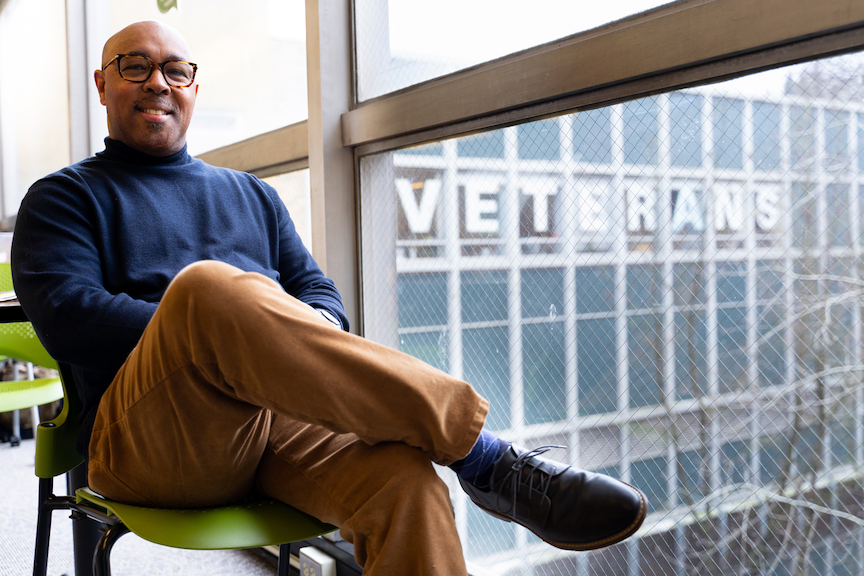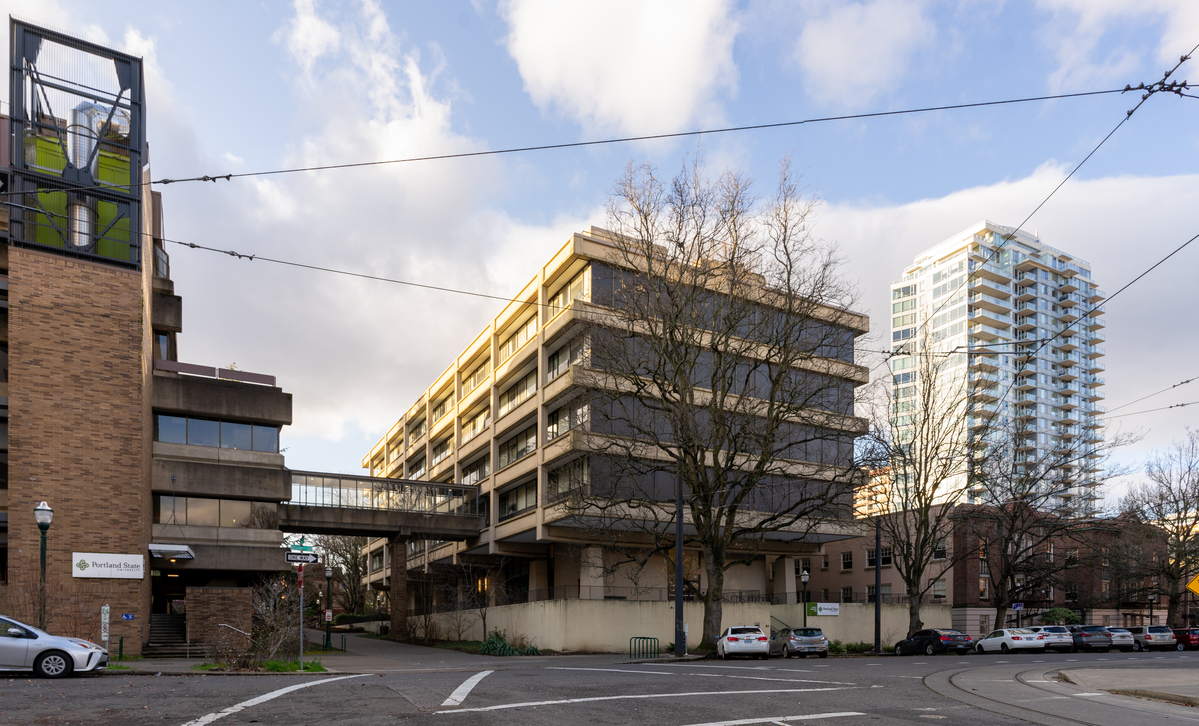Despite roughly $30 million being allocated to Portland State in federal funding, the university is still experiencing significant financial strain due to low enrollment caused by the pandemic.
At the Academic and Student Affairs and Finance and Administration committee meetings held on Jan. 11 and 13 respectively, Board of Trustees members discussed how lower than anticipated enrollment for fall term is straining PSU financially. Even with $30 million being allocated to the university through the Higher Education Emergency Relief Fund (HEERF) act, the administration is still trying to find a financially viable way forward.
“The enrollment for fall 2021 for schools like PSU does not look as if it is recovering in a way that we would have hoped for,” said Vice President for Enrollment Management Chuck Knepfle in his presentation to both committees.
At this time, there is a 28% decrease in first year applicants—freshmen who typically come to PSU straight out of high school—for fall term compared to last year. Knepfle cited a recent report from The Community College Research Center at Teachers College at Columbia University, which states colleges serving low-income students are facing steeper enrollment declines than larger four-year institutions.
“The big powerhouse schools are doing fine, and schools serving low-income students are not,” Knepfle said. “Across the board, schools like PSU are not doing well when it comes to admission applications for the fall.”
According to Knepfle, initial projections for fall term looked even worse, but thanks to the work of advisors, the number was brought up.
“This isn’t the best picture, and it isn’t a picture that I was hoping we would share at this point,” Knepfle said. “However, months ago, this looked a whole lot worse, and there was a whole lot of work to happen, from about the middle of December to last week, to bring these numbers to where they are, so that’s a great sign.”
While PSU is experiencing enrollment decline, larger institutions like Oregon State University and University of Oregon are seeing increased enrollment. “It seems as if the students are flocking to the large schools to apply, and we’re going to work really hard to try to reverse that,” Knepfle said.
Plans are in motion to help bring enrollment up, including working diligently with high schools to bring in more first-year applicants, as well as putting efforts in place to bring in more transfer students who are already enrolled at other institutions.
While PSU has been experiencing declining enrollment over the past few years, the pandemic is exacerbating the issue, and will continue to do so until it is under control.
“Our biggest challenge is that the vaccine hasn’t gone in everyone’s arm yet,” Knepfle said. “Until we can be definitive with our students about fall term, I don’t think we’re going to have interest go back up.”
“It’s hard to sell PSU remotely, it’s a lot harder to do via email, and that has put us at a disadvantage,” Knepfle concluded.
Due to low enrollment and other financial challenges caused by the pandemic, PSU faces dim prospects for the future.
“There isn’t a viable scenario that management can present in which we can simply grow out of our financial issues in the next several years,” said Finance and Administration Committee Chair Irving Levin. “We have an enrollment decline that—forecast over a 10-year window—is steepening. We expect to have up to 25% fewer students than at our peak a few years ago, but at the same time, the employee headcount has been pretty stable. It’s going to take several years to stabilize enrollment.”
The Coronavirus Response and Relief Supplemental Appropriations Act, enacted on Dec. 27, provided $22.7 billion for institutions of higher education. Through this act, PSU will be allocated roughly $30 million on a one-time basis.
According to Vice President of Finance and Administration Kevin Reynolds, guidance has not yet been given to PSU on how the funds can be used. However, Reynolds stated that a minimum of $8.3 million is required to go to students—the same amount allocated to students by the CARES act passed in March of 2020.
Moving forward, how the rest of that money will be allocated will be discussed by President Stephen Percy, AAUP, ASPSU and other groups before a final plan is presented to the full Board of Trustees.
Despite the large sum, the stimulus will not save the university from its financial woes, according to multiple board members, as well as Percy and Provost Susan Jeffords.
“Much of the stimulus could be washed out depending on the enrollment this year,” Reynolds said. “[Because it is] one-time and non-recurring, it obviously doesn’t fix an ongoing, structural deficit problem we have.”
Reynolds said that the stimulus will likely be used to offset revenue losses caused by the pandemic, such as expenses accrued by moving to remote work.
“[The stimulus] is going to be extremely helpful this year, but it really doesn’t change the outlook for the institution going forward,” Levin said. “We have been spending our reserves, and this year, we expect to continue that process, which is something that is not sustainable.”
In his remarks to the Finance and Administration committee, Percy outlined the challenges the university faces going forward, as well as some of his plans to help remedy them.
“We worked hard to get the stimulus dollars, and, as [Levin] said, that $30 million is one-time dollars,” Percy said. “[The stimulus] is very important to us because [it’ll] help us dig out of this hole that’s pandemic related.”
Some of Percy’s initiatives to provide long term support to the university include creating more online-only degree programs and non-credit professional programs, as well as offering more classes during the summer term. However, Percy acknowledged that these kinds of initiatives alone won’t remedy the issue. In order to fix the situation, more drastic measures will need to be taken, such as eliminating and restructuring academic programs, participating in federal and state level advocacy and committing resources to growing enrollment.
In terms of having to potentially eliminate programs, Jeffords said, “These are serious matters, but these are serious times.”
She continued, “We are committed to having complete transparency and engagement throughout this process, and to sharing the work as we proceed so that we can be sure everyone understands the process, the methods, and the outcomes. We will of course be guided by the faculty senate outlines and any stipulations outlined in the AAUP contract.”
“The idea of perhaps eliminating academic programs or combining programs or significantly reorganizing programs is some of the toughest work in a university,” Percy said. “If it’s done poorly, or if it’s not done transparently, it can get a campus involved in unrest and unhappiness that can tear a place apart for decades. This is tough work.”
“We’re dedicated to it, but we’re trying to do it in a way that is thoughtful and transparent so that when we make decisions that are tough, they’re much more likely to be accepted and appreciated by our campus community,” Percy concluded.
Towards the end of the Finance and Administration committee meeting, Reynolds presented a five-year projection for the universities financial future.
When looking at the projection, committee member Wally Van Valkenburg commented, “I don’t think a scenario in which we plan to have zero reserves in five years is responsible.”
Board Chair Greg Hinkley responded, “if enrollment continues to fall nationally…this is a really dangerous outlook. We need to also have some programs that are targeted at increasing revenues in the near future, because I don’t think we can react fast enough.”
Van Valkenburg said he remains optimistic, especially because of the enrollment work being done by Knepfle and his team.
“If you take anything away from this conversation, take [these projections] and the import of it and the comments made about it to heart, because it paints a dire picture,” Levin concluded.






